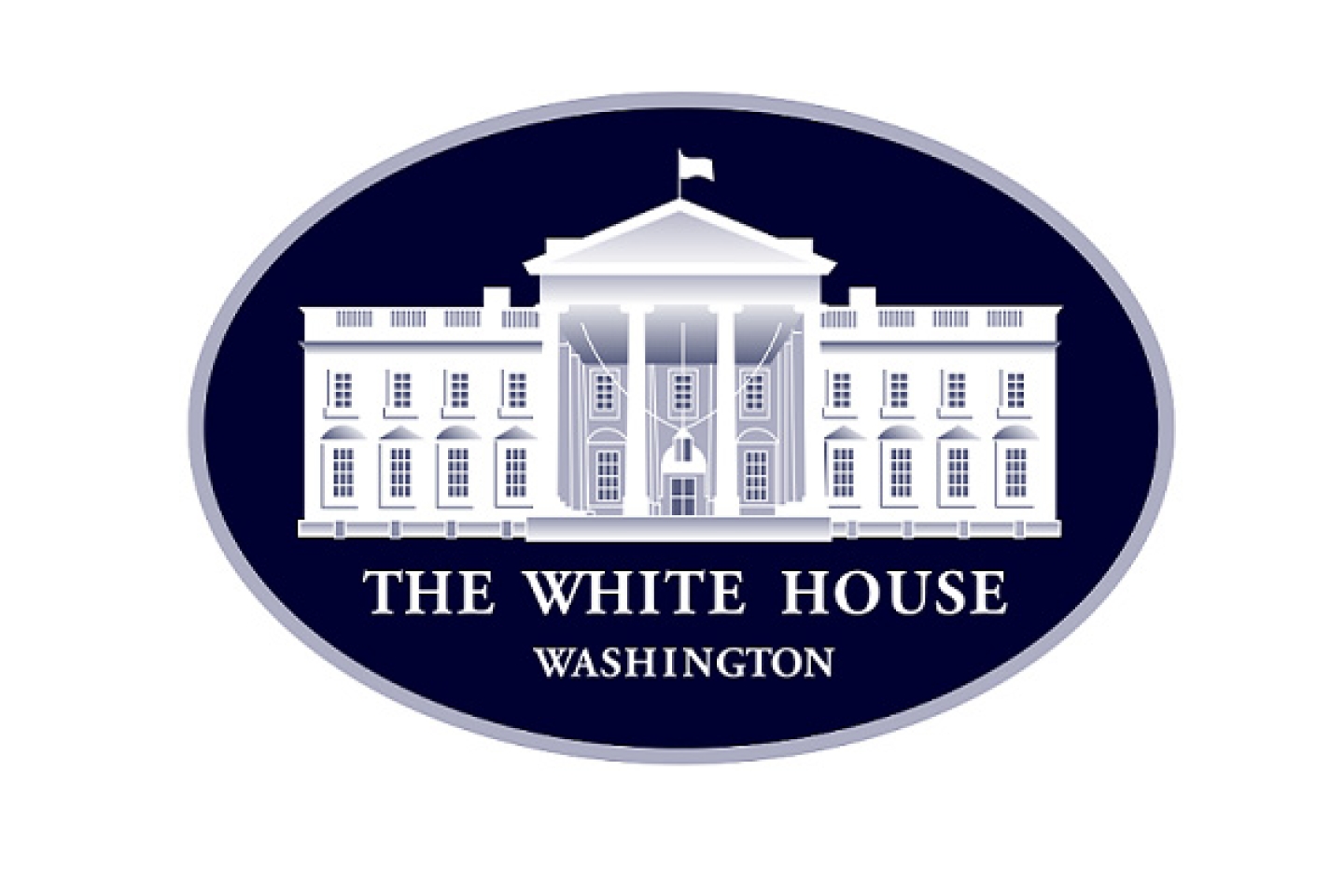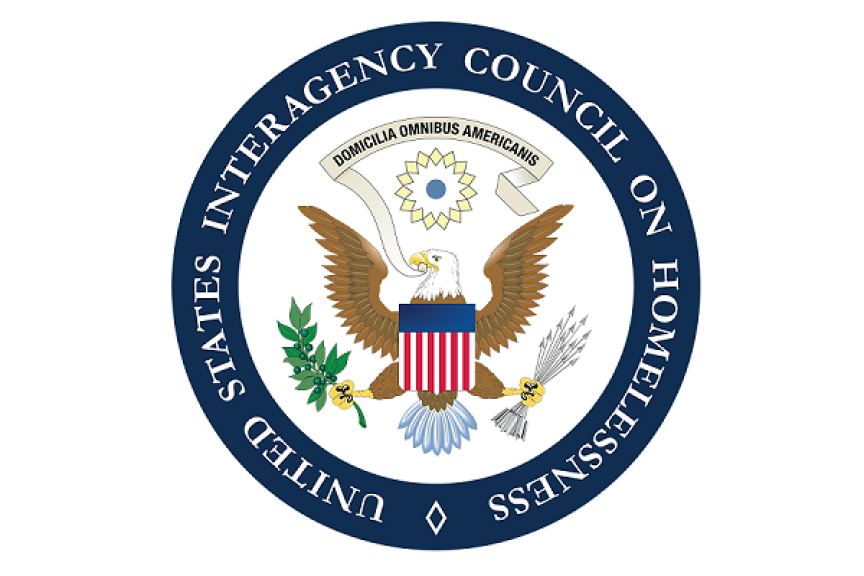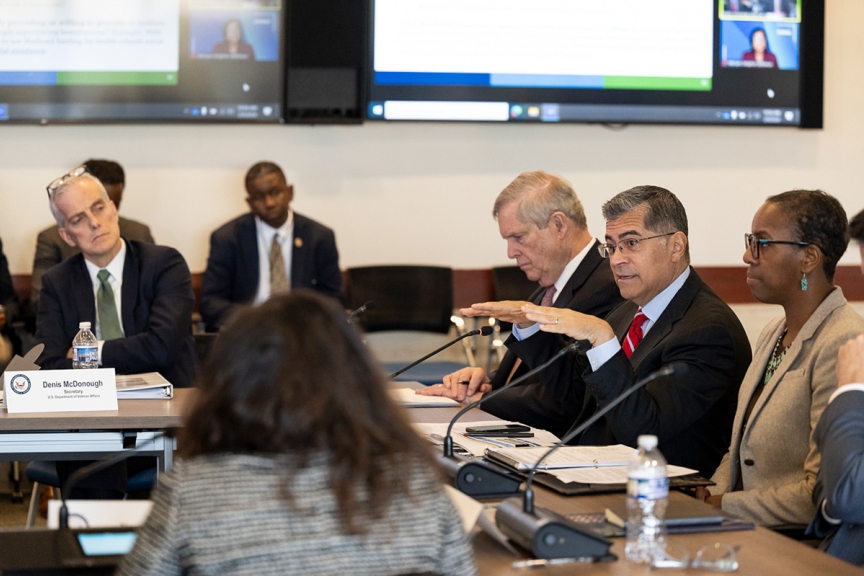How the President’s FY 2025 Budget Would Work to Prevent Homelessness
For every person who moves off the streets or out of shelters and into homes, more than one becomes homeless. Given this revolving door, we cannot end homelessness until we close the front door to it and prevent people from losing homes in the first place.
While the president's budget for fiscal year 2025 (FY 25) would invest more than $10 billion to help people already experiencing homelessness—an 11% increase overall from 2023 and a significant increase for several programs, including 40% more for Health Care for the Homeless—the president’s budget also commits to doing more to prevent homelessness. If adopted by Congress, the budget would change the lives of millions of Americans and continue the work the Biden-Harris administration started during the COVID-19 pandemic, which proved the promise and power of preventing homelessness before it happens.
When the pandemic began, homelessness had been on the rise since 2016. Amid an economic recession and global pandemic, however, the nation came together across party lines to flatten the homelessness curve and prevented another rise in homelessness during the worst parts of the pandemic. This work showed that progress is possible, even during the most difficult times. This happened because we as a nation invested more in housing, support, and systems that prevent people from losing homes in the first place. In March 2021, Congress passed and the president signed the American Rescue Plan—the biggest single-year investment in ending homelessness in U.S. history. Congress also created emergency rental assistance and temporarily expanded the child tax credit—two decisions that prevented millions of evictions and cut poverty nearly in half. These actions and others invested in historically underserved groups and resulted in the most equitable recovery from economic trouble in recent history. This stands in contrast to previous downturns when Black and Hispanic Americans were typically left behind.
But today, most of the American Rescue Plan funding has been used, and homelessness is rising again. While the Biden-Harris administration is taking unprecedented action to prevent homelessness, we need Congress once again to invest more in solutions proven to keep people in their homes.
To prevent homelessness, we need to fix the systems that are failing people when they need help. Waitlists for housing vouchers are months’ and even years’ long. Housing markets have a shortage of 7 million affordable homes. 83 million Americans have no available primary care doctor in their area. Another 150 million have mental health conditions but do not get treatment. Minimum-wage workers can’t afford a modest two-bedroom apartment in any U.S. state. The foster care system sends thousands of kids straight into homelessness. Jails and hospitals release people without helping them secure a place to go. Climate change is destroying homes.
To address these and other challenges that increase a person’s risk of homelessness, the president’s 2025 budget asks Congress to invest:
- $32.8 billion for the Housing Choice Voucher Program, expanding vouchers to 20,000 households
- $9 billion to guarantee housing vouchers for youth aging out of foster care
- $13 billion to pave a path to guaranteed rental assistance for extremely low-income veteran families
- $3 billion to promote and solidify state and local eviction prevention efforts for renters
- $1.1 billion to support tribal efforts to expand affordable housing, improve housing conditions, and increase economic opportunity
- $258 billion to build or preserve more than 2 million affordable homes, including $1.3 billion for the HOME Investment Partnerships Program to build and expand affordable rental housing
- $37 billion to expand the Low-Income Housing Tax Credit Program
- $7.5 billion for climate-resilient affordable housing
- $800 million for programs under the Violence Against Women Act, including key investments in sexual assault services, transitional housing, and legal assistance for survivors of gender-based violence
- $765 billion over 10 years for middle- and low-income tax cuts, including $2,600 child tax credits for 39 million families
- $8.5 billion for critical nutrition programs, including $7.7 billion to fully fund participation in the Women, Infants, and Children Program to serve all eligible participants
- $8.5 billion for the Child Care and Development Block Grant Program, which will help states expand child care assistance to serve over 2 million low-income children
- $4.1 billion for the Low-Income Home Energy Assistance Program
In addition, the president’s FY 25 budget would:
- Require all health plans to cover mental health and substance use disorder benefits and ensure that plans have an adequate network of behavioral health providers
- Provide Medicaid-like health coverage to lower-income people in states that have not expanded Medicaid and provide financial incentives to ensure other states maintain their existing expansion
- Fund voluntary, universal, free preschool for all of the nation’s four-year-olds and chart a path to expand preschool to three-year-olds
- Protect and strengthen Social Security and Medicare
Homelessness is deadly—but preventable—and it is a crisis that should be treated with the same urgency as a tornado, wildfire, or pandemic. The president’s 2025 budget would move us closer to preventing and ending this tragedy.





